One of the Louvre’s most famous Grandes Dames was reinstated last Tuesday after an epic 10-month restoration. The Winged Victory of Samothrace once again has pride of place at the centre of the Daru staircase in the Louvre’s Denon wing.
The ancient Greek sculpture (c. 190 BC) of the goddess Nike was discovered, in pieces, by French envoy Charles Champoiseau on the island of Samothrace in 1863. The Paros white marble fragments including finely feathered wings and a larger than life bust and legs veiled in sculpted yet transparent-looking fabric, were transported to Paris and reassembled in the Carytid room of classical antiquities.
Champoiseau hoped to impress Emperor Napoleon III with his discovery but the Emperor never visited it. A decade later, Austrian archaeologists discovered the statue’s base, a monumental ship’s prow in grey Rhodes marble. One of the aims of the restoration is to highlight the different colour marbles, which previously both looked a dirty grey from years standing at one of the museum’s busiest intersections.
The restoration was the first of its kind to be crowd-funded at the Louvre. One million of the €4 million restoration budget was sourced through a crowd-funding campaign in 2013 (a similar crowd-funding scheme helped the museum acquire Lucas Cranach’s The Three Graces in 2010).
The cleaned up Victory is back in place and will be visible to museum-goers on Saturday after final touches from the restoration team. Sneak previews reveal a strikingly bright white-yellow stone. The restorers also discovered a curl of hair around the neck, previously covered with 19th-century plaster holding the pieces together. Seven fragments from the museum’s reserves that were previously unattached have also been integrated.
Unlimited access from just $16 every 3 months
Subscribe to get unlimited and exclusive access to the top art stories, interviews and exhibition reviews.

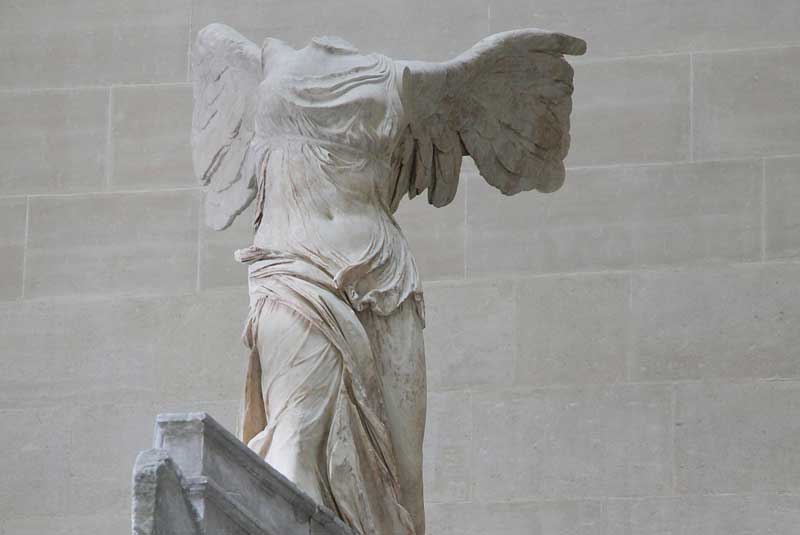
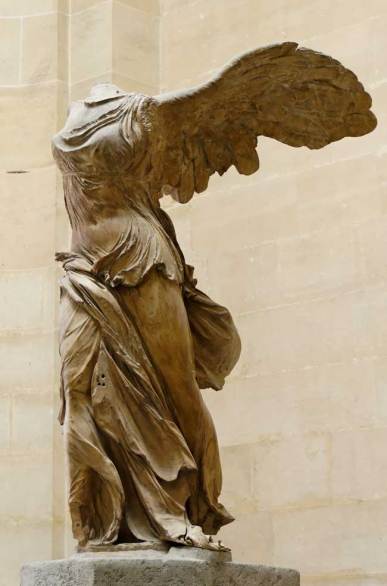
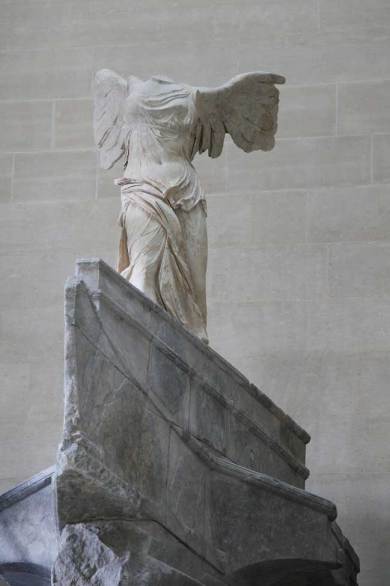
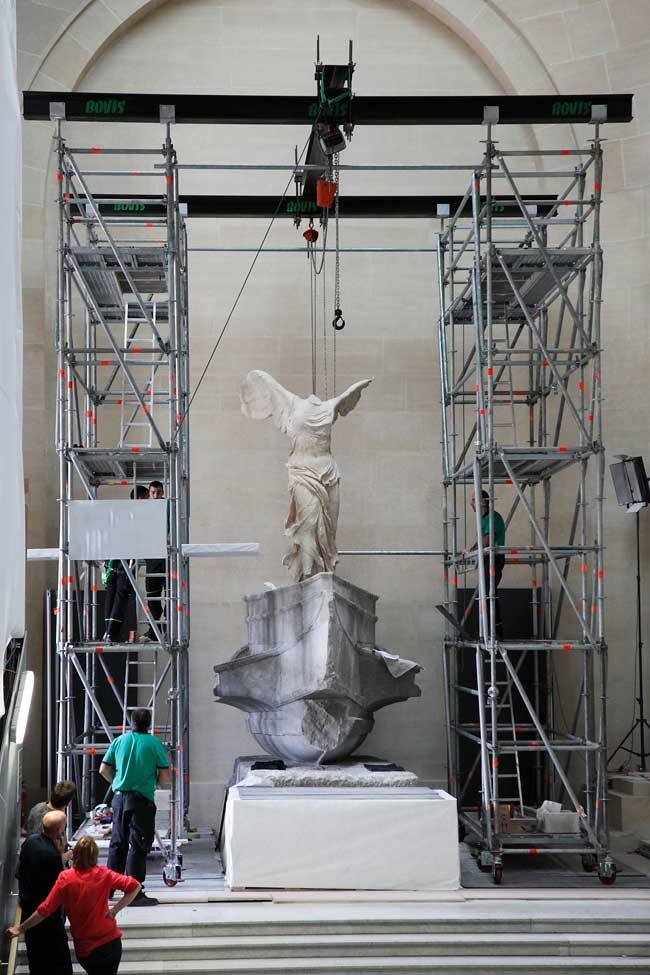
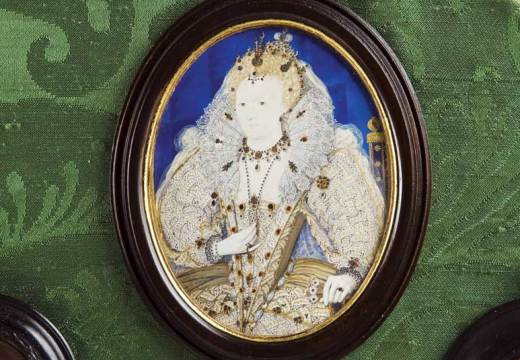
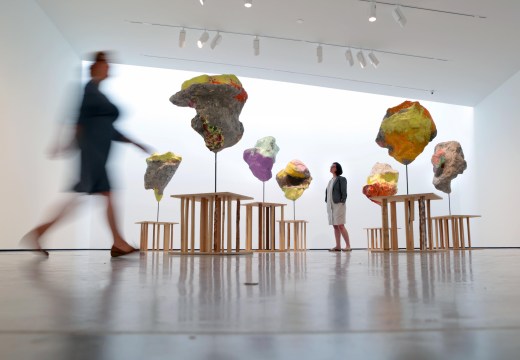
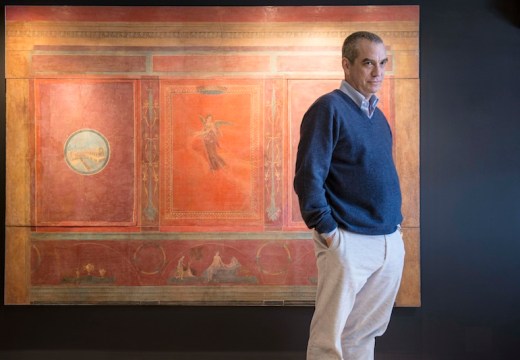









![Masterpiece [Re]discovery 2022. Photo: Ben Fisher Photography, courtesy of Masterpiece London](http://www.apollo-magazine.com/wp-content/uploads/2022/07/MPL2022_4263.jpg)
Why are fathers so absent from art history?